当前位置:
X-MOL 学术
›
J. Polym. Sci.
›
论文详情
Our official English website, www.x-mol.net, welcomes your
feedback! (Note: you will need to create a separate account there.)
Optimized peptide functionalization of thiol‐acrylate emulsion‐templated porous polymers leads to expansion of human pluripotent stem cells in 3D culture
Journal of Polymer Science ( IF 3.9 ) Pub Date : 2019-03-09 , DOI: 10.1002/pola.29353
Jessie L. Ratcliffe 1, 2 , Marc Walker 3 , Ahmed M. Eissa 3 , Shengrong Du 1, 2 , Stefan A. Przyborski 4 , Andrew L. Laslett 2, 5 , Neil R. Cameron 1, 3
Journal of Polymer Science ( IF 3.9 ) Pub Date : 2019-03-09 , DOI: 10.1002/pola.29353
Jessie L. Ratcliffe 1, 2 , Marc Walker 3 , Ahmed M. Eissa 3 , Shengrong Du 1, 2 , Stefan A. Przyborski 4 , Andrew L. Laslett 2, 5 , Neil R. Cameron 1, 3
Affiliation
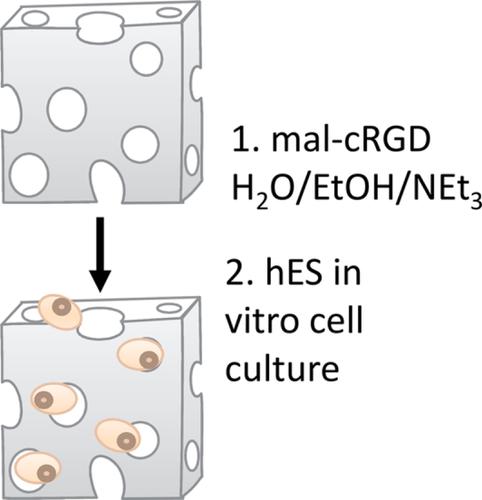
|
Highly porous polymers produced by polymerization of the continuous phase of a high internal phase emulsion have been developed as scaffolds for 3D culture of human pluripotent stem cells. These emulsion‐templated polymerized high internal phase emulsion (polyHIPE) materials have an interconnected network of pores that provide support for the cells, while also allowing both cell ingress and nutrient diffusion. Thiol‐acrylate polyHIPE materials were prepared by photopolymerization, which, due to a competing acrylate homopolymerization process, leads to a material with residual surface thiols. These thiols were then used as a handle to allow postpolymerization functionalization with both maleimide and a maleimide‐derivatized cyclo‐RGDfK peptide, via Michael addition under benign conditions. Functionalization was evaluated using an Ellman's colorimetric assay, to monitor the residual thiol concentration, and X‐ray photoelectron spectroscopy. Maleimide was used as a model molecule to optimize conditions prior to peptide‐functionalization. The use of triethylamine as a catalyst and a mixed ethanol‐aqueous solvent system led to optimized reaction between surface‐bound thiols and maleimide. Peptide‐functionalized materials showed improved attachment and infiltration of human pluripotent stem cells over 7 days, demonstrating their promise as a scaffold for 3D stem cell culture and expansion. © 2019 Wiley Periodicals, Inc. J. Polym. Sci., Part A: Polym. Chem. 2019, 57, 1974–1981
中文翻译:

硫醇丙烯酸酯乳液为模板的多孔聚合物的肽功能优化导致3D培养中人多能干细胞的扩增
通过高内相乳液的连续相的聚合反应产生的高度多孔的聚合物已经被开发为用于人多能干细胞的3D培养的支架。这些以乳液为模板的聚合高内相乳液(polyHIPE)材料具有相互连接的孔网络,可为细胞提供支持,同时还允许细胞进入和营养物质扩散。巯基丙烯酸酯聚HIPE材料是通过光聚合制备的,由于竞争的丙烯酸酯均聚工艺,该材料会产生带有残留表面硫醇的材料。然后将这些硫醇用作处理剂,以允许在良性条件下通过迈克尔加成反应,使马来酰亚胺和马来酰亚胺衍生的环RGDfK肽进行后聚合功能化。使用Ellman'评估功能性 比色测定法,以监测残留的硫醇浓度,并进行X射线光电子能谱分析。马来酰亚胺被用作模型分子以在肽功能化之前优化条件。使用三乙胺作为催化剂和乙醇-水混合溶剂系统可优化表面结合的硫醇和马来酰亚胺之间的反应。肽官能化的材料在7天内显示出对人类多能干细胞的附着和渗透作用的改善,证明了它们作为3D干细胞培养和扩增支架的希望。©2019 Wiley Periodicals,Inc.J.Polym。科学,A部分:Polym。化学 2019,57,1974–1981 使用三乙胺作为催化剂和乙醇-水混合溶剂系统可优化表面结合的硫醇和马来酰亚胺之间的反应。肽官能化的材料在7天内显示出对人类多能干细胞的附着和渗透作用的改善,证明了它们作为3D干细胞培养和扩增支架的希望。©2019 Wiley Periodicals,Inc.J.Polym。科学,A部分:Polym。化学 2019,57,1974–1981 使用三乙胺作为催化剂和乙醇-水混合溶剂系统可优化表面结合的硫醇和马来酰亚胺之间的反应。肽官能化的材料在7天内显示出对人类多能干细胞的附着和渗透作用的改善,证明了它们作为3D干细胞培养和扩增支架的希望。©2019 Wiley Periodicals,Inc.J.Polym。科学,A部分:Polym。化学 2019,57,1974–1981
更新日期:2019-03-09
中文翻译:

硫醇丙烯酸酯乳液为模板的多孔聚合物的肽功能优化导致3D培养中人多能干细胞的扩增
通过高内相乳液的连续相的聚合反应产生的高度多孔的聚合物已经被开发为用于人多能干细胞的3D培养的支架。这些以乳液为模板的聚合高内相乳液(polyHIPE)材料具有相互连接的孔网络,可为细胞提供支持,同时还允许细胞进入和营养物质扩散。巯基丙烯酸酯聚HIPE材料是通过光聚合制备的,由于竞争的丙烯酸酯均聚工艺,该材料会产生带有残留表面硫醇的材料。然后将这些硫醇用作处理剂,以允许在良性条件下通过迈克尔加成反应,使马来酰亚胺和马来酰亚胺衍生的环RGDfK肽进行后聚合功能化。使用Ellman'评估功能性 比色测定法,以监测残留的硫醇浓度,并进行X射线光电子能谱分析。马来酰亚胺被用作模型分子以在肽功能化之前优化条件。使用三乙胺作为催化剂和乙醇-水混合溶剂系统可优化表面结合的硫醇和马来酰亚胺之间的反应。肽官能化的材料在7天内显示出对人类多能干细胞的附着和渗透作用的改善,证明了它们作为3D干细胞培养和扩增支架的希望。©2019 Wiley Periodicals,Inc.J.Polym。科学,A部分:Polym。化学 2019,57,1974–1981 使用三乙胺作为催化剂和乙醇-水混合溶剂系统可优化表面结合的硫醇和马来酰亚胺之间的反应。肽官能化的材料在7天内显示出对人类多能干细胞的附着和渗透作用的改善,证明了它们作为3D干细胞培养和扩增支架的希望。©2019 Wiley Periodicals,Inc.J.Polym。科学,A部分:Polym。化学 2019,57,1974–1981 使用三乙胺作为催化剂和乙醇-水混合溶剂系统可优化表面结合的硫醇和马来酰亚胺之间的反应。肽官能化的材料在7天内显示出对人类多能干细胞的附着和渗透作用的改善,证明了它们作为3D干细胞培养和扩增支架的希望。©2019 Wiley Periodicals,Inc.J.Polym。科学,A部分:Polym。化学 2019,57,1974–1981


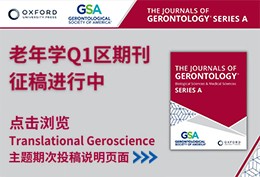
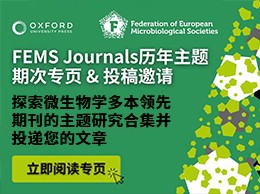





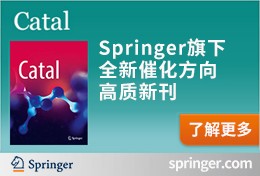
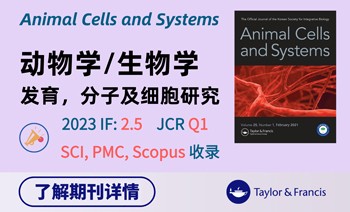
















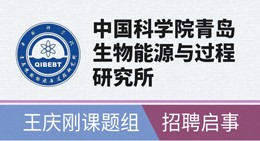





 京公网安备 11010802027423号
京公网安备 11010802027423号